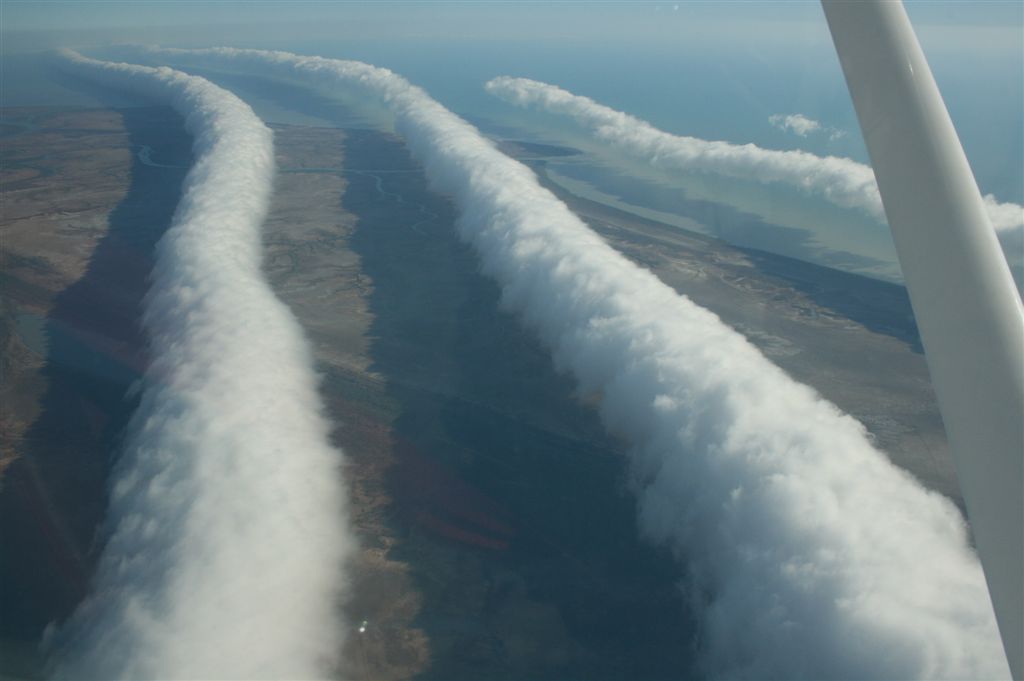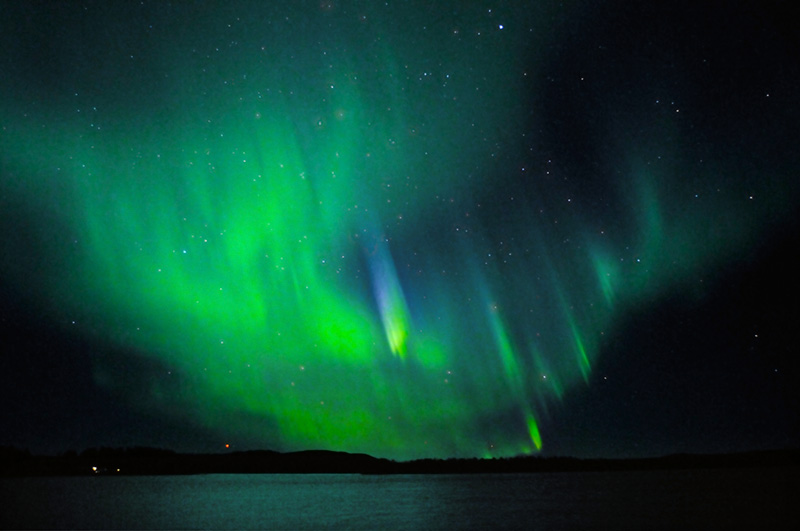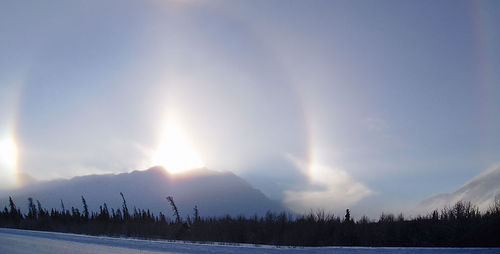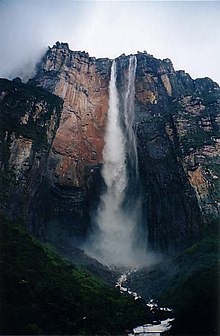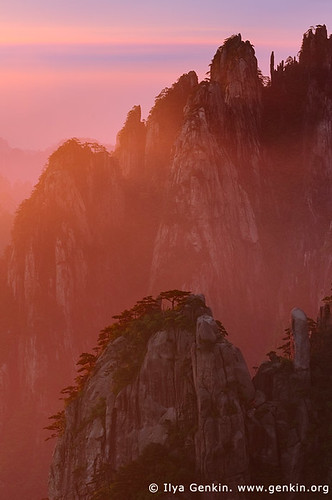Safriz
BANNED

- Joined
- Aug 30, 2010
- Messages
- 20,845
- Reaction score
- -1
- Country
- Location
As the name suggests..Please posts pictures,videos and detailed information about natural wonders of the world.
Please note that we know about every nook and cranny of Europe and North America.It will be appreciated if members can posts natural wonders from the less known parts of the world.
Hell hole of Turkmenistan
YouTube - Darvaza Gas Crater - CentralAsia2008.com
In the hot, expansive Karakum desert in Turkmenistan, near the 350 person village of Derweze, is a hole 328 feet wide that has been on fire, continuously, for 38 years. Known as the Darvaza Gas Crater or the "Gates of Hells" by locals, the crater can be seen glowing for miles around.
The hole is the outcome not of nature but of an industrial accident. In 1971 a Soviet drilling rig accidentally punched into a massive underground natural gas cavern, causing the ground to collapse and the entire drilling rig to fall in. Having punctured a pocket of gas, poisonous fumes began leaking from the hole at an alarming rate. To head off a potential environmental catastrophe, the Soviets set the hole alight. The crater hasn't stopped burning since.
Though little information is available about the fate of the Soviet drilling rig, presumably it is still down there somewhere, on the other side of the "Gates of Hell."
Please note that we know about every nook and cranny of Europe and North America.It will be appreciated if members can posts natural wonders from the less known parts of the world.
Hell hole of Turkmenistan
YouTube - Darvaza Gas Crater - CentralAsia2008.com
In the hot, expansive Karakum desert in Turkmenistan, near the 350 person village of Derweze, is a hole 328 feet wide that has been on fire, continuously, for 38 years. Known as the Darvaza Gas Crater or the "Gates of Hells" by locals, the crater can be seen glowing for miles around.
The hole is the outcome not of nature but of an industrial accident. In 1971 a Soviet drilling rig accidentally punched into a massive underground natural gas cavern, causing the ground to collapse and the entire drilling rig to fall in. Having punctured a pocket of gas, poisonous fumes began leaking from the hole at an alarming rate. To head off a potential environmental catastrophe, the Soviets set the hole alight. The crater hasn't stopped burning since.
Though little information is available about the fate of the Soviet drilling rig, presumably it is still down there somewhere, on the other side of the "Gates of Hell."


 . Its appearance is distinctly similar to Mount Kailash in Tibet. Near Om Parvat lie Parvati Lake and Jonglingkong Lake. Jonglingkong Lake is sacred, as Mansarovar, to the Hindus. Opposite to this peak is a mountain called Parwati Muhar, whose snow shines like a crown in the sun. Om Namah Shivaye
. Its appearance is distinctly similar to Mount Kailash in Tibet. Near Om Parvat lie Parvati Lake and Jonglingkong Lake. Jonglingkong Lake is sacred, as Mansarovar, to the Hindus. Opposite to this peak is a mountain called Parwati Muhar, whose snow shines like a crown in the sun. Om Namah Shivaye




